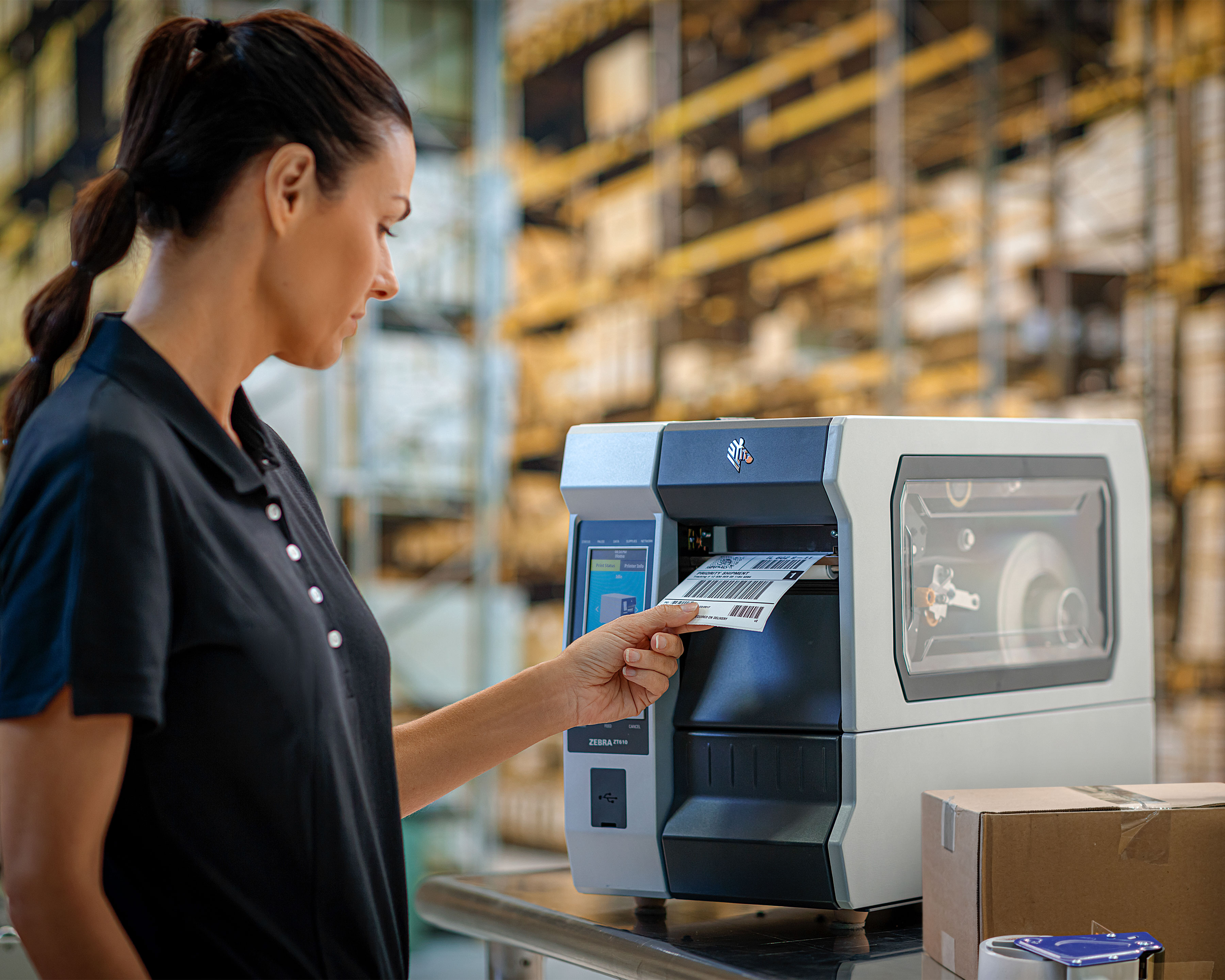Maximizing Productivity: Integrating RFID Printers into Your Workflow
The landscape of RFID printing technology is continuously evolving, bringing with it a plethora of opportunities and innovations that promise to reshape various industries even further. One significant trend is the move toward increased automation in manufacturing and warehousing. By integrating RFID printers with robotic systems, businesses can streamline the labeling process, reducing the need for manual intervention. This not only speeds up operations but also minimizes human error, leading to more accurate inventory management.
As the Internet of Things (IoT) expands, RFID printers will likely become integral components of interconnected systems. Devices equipped with RFID tags can communicate real-time data to centralized management systems, creating a holistic view of operations. This interconnectedness allows organizations to monitor the status of assets and inventory seamlessly, facilitating better resource allocation and reducing waste. For instance, in smart factories, RFID systems can provide instant feedback on production lines, helping managers make quick adjustments to improve efficiency.
In the realm of customer engagement, RFID printers enable innovative loyalty programs and personalized marketing efforts. By utilizing RFID technology, businesses can track customer behavior and preferences more effectively. This data can be leveraged to create tailored promotions and loyalty rewards that resonate with individual customers, enhancing their shopping experience and encouraging repeat business. Retailers can also implement RFID-based self-checkout systems, allowing customers to scan their items as they shop, thereby speeding up the checkout process and improving customer satisfaction.
Furthermore, the healthcare industry stands to gain immensely from RFID printing technology. Beyond tracking medications and equipment, RFID systems can enhance patient care by ensuring accurate patient identification. With RFID wristbands for patients, healthcare providers can quickly access medical records, treatment plans, and allergy information, significantly reducing the risk of errors. This not only improves patient safety but also enhances overall operational efficiency within healthcare facilities.
Environmental considerations are also driving innovation in RFID Printers. As sustainability becomes a core focus for many companies, there’s a growing demand for eco-friendly RFID materials and labels. Manufacturers are responding by developing biodegradable RFID tags and recyclable materials, allowing businesses to reduce their environmental footprint. The ability to track and manage products through their lifecycle can support circular economy initiatives, encouraging practices that promote reuse and recycling.
The integration of advanced analytics into RFID systems is another promising development. By employing data analytics tools, organizations can derive valuable insights from the vast amounts of data generated by RFID tags. This data can inform strategic decisions, such as identifying trends in consumer preferences or optimizing supply chain routes. For example, businesses can analyze inventory turnover rates and adjust their purchasing strategies accordingly, ensuring they remain responsive to market fluctuations.
Training and skill development in RFID technology are becoming essential as organizations increasingly adopt these systems. Providing employees with training on how to interpret and utilize RFID data effectively can unlock the full potential of this technology. Workshops and continuous learning programs can help foster a culture of innovation, empowering teams to explore new applications and solutions that leverage RFID capabilities.
As cybersecurity threats continue to rise, the security of RFID systems is paramount. Ensuring the integrity of RFID data is crucial, especially in sectors like finance, healthcare, and government. Organizations are investing in robust security measures, including encryption and authentication protocols, to protect sensitive information transmitted through RFID systems. This commitment to security not only builds trust with customers but also ensures compliance with regulatory standards.
The global market for RFID technology is expected to grow significantly in the coming years, driven by increasing demand across various sectors. As RFID printers become more sophisticated and cost-effective, their adoption will likely accelerate. Emerging markets are also starting to embrace RFID solutions, recognizing the potential for improved operational efficiency and customer satisfaction.
In summary, RFID printers are at the cutting edge of technological innovation, offering a wide array of applications that enhance efficiency, security, and customer engagement across industries. As businesses continue to explore the synergies between RFID technology and other emerging technologies, the potential for transformative change is vast. From improving supply chain transparency to enhancing patient safety in healthcare, RFID printers are set to play a crucial role in the future of operational excellence and strategic decision-making. The journey ahead promises to be exciting, with new possibilities on the horizon as this technology matures and evolves.
